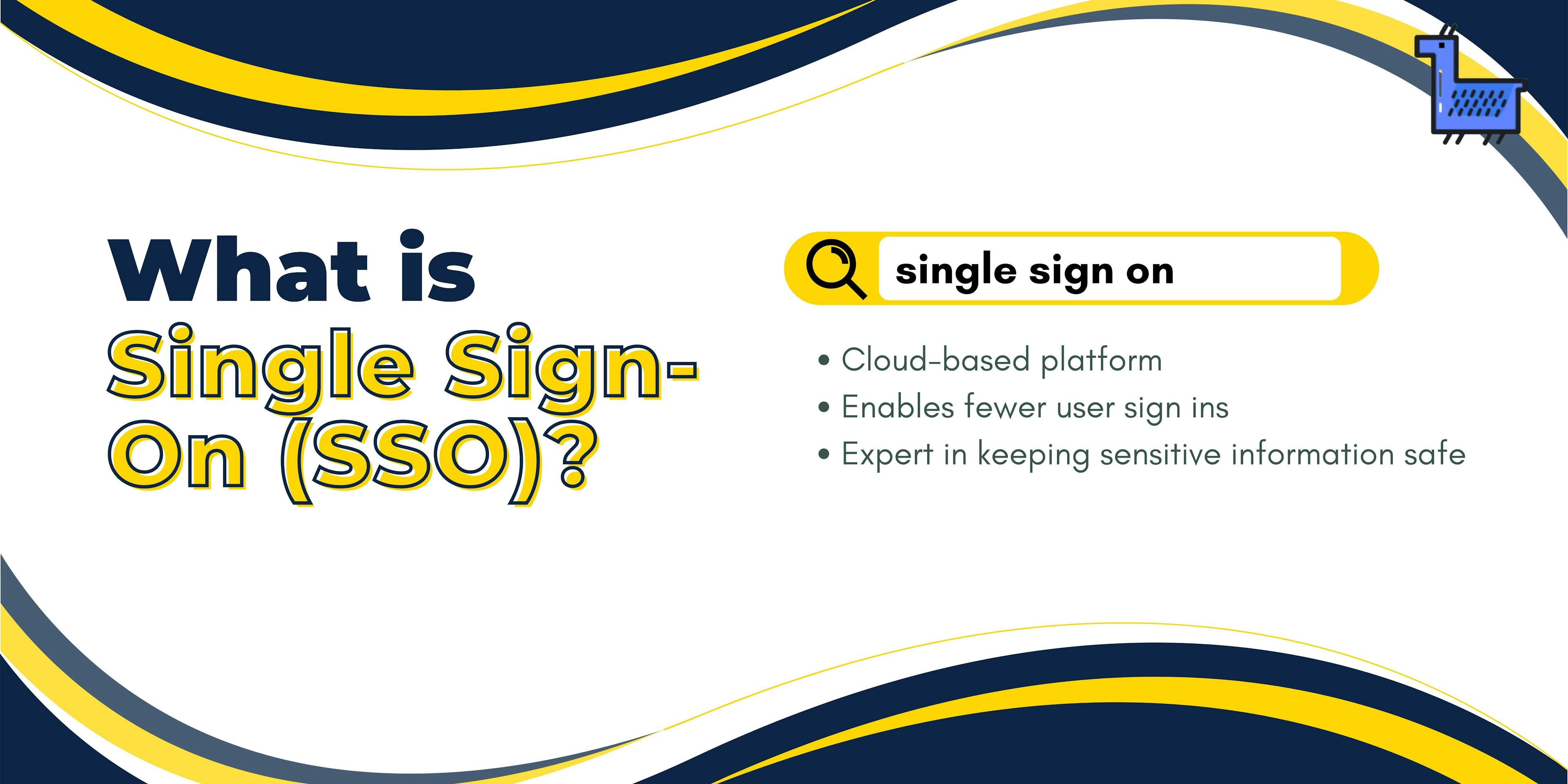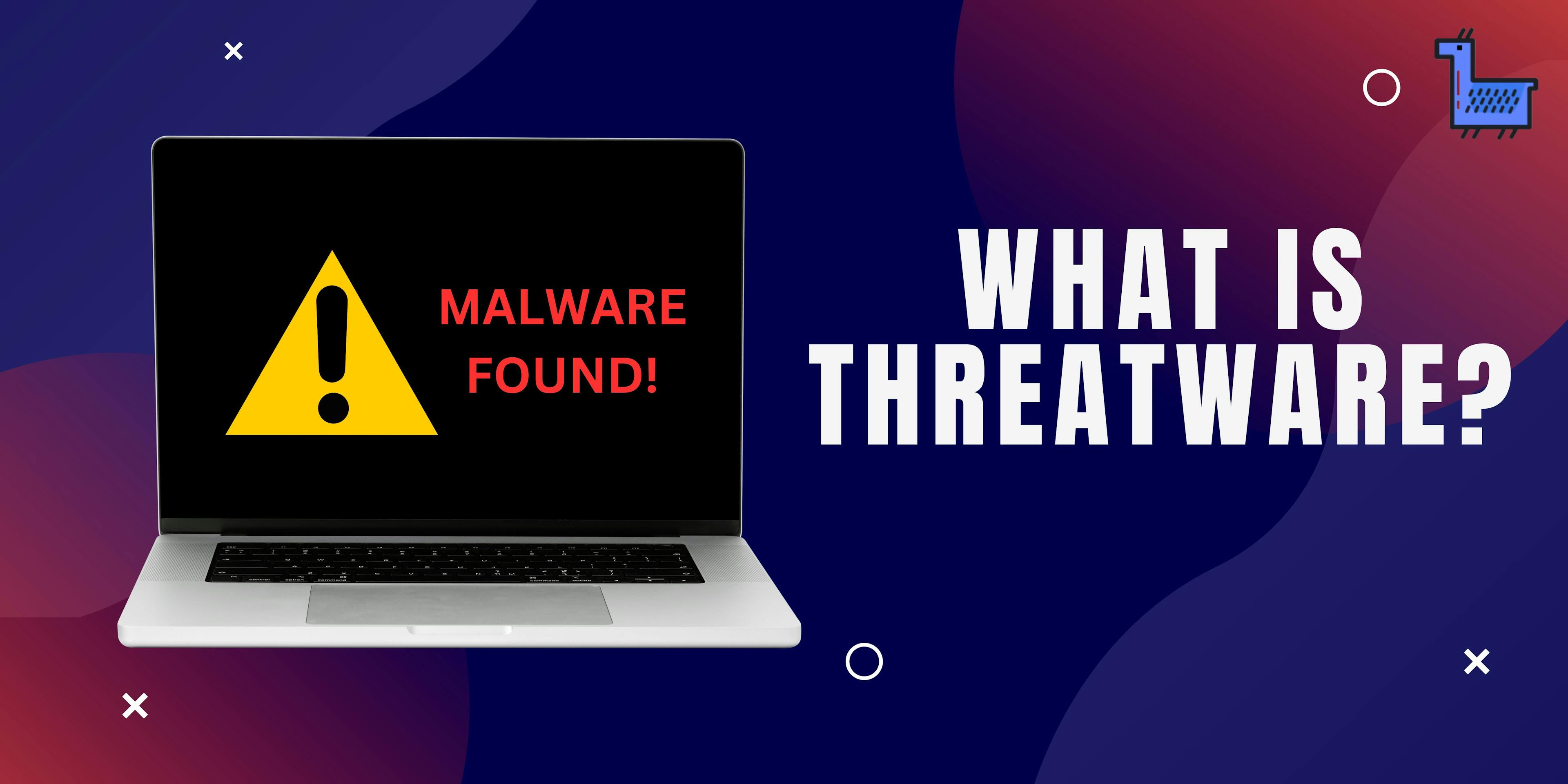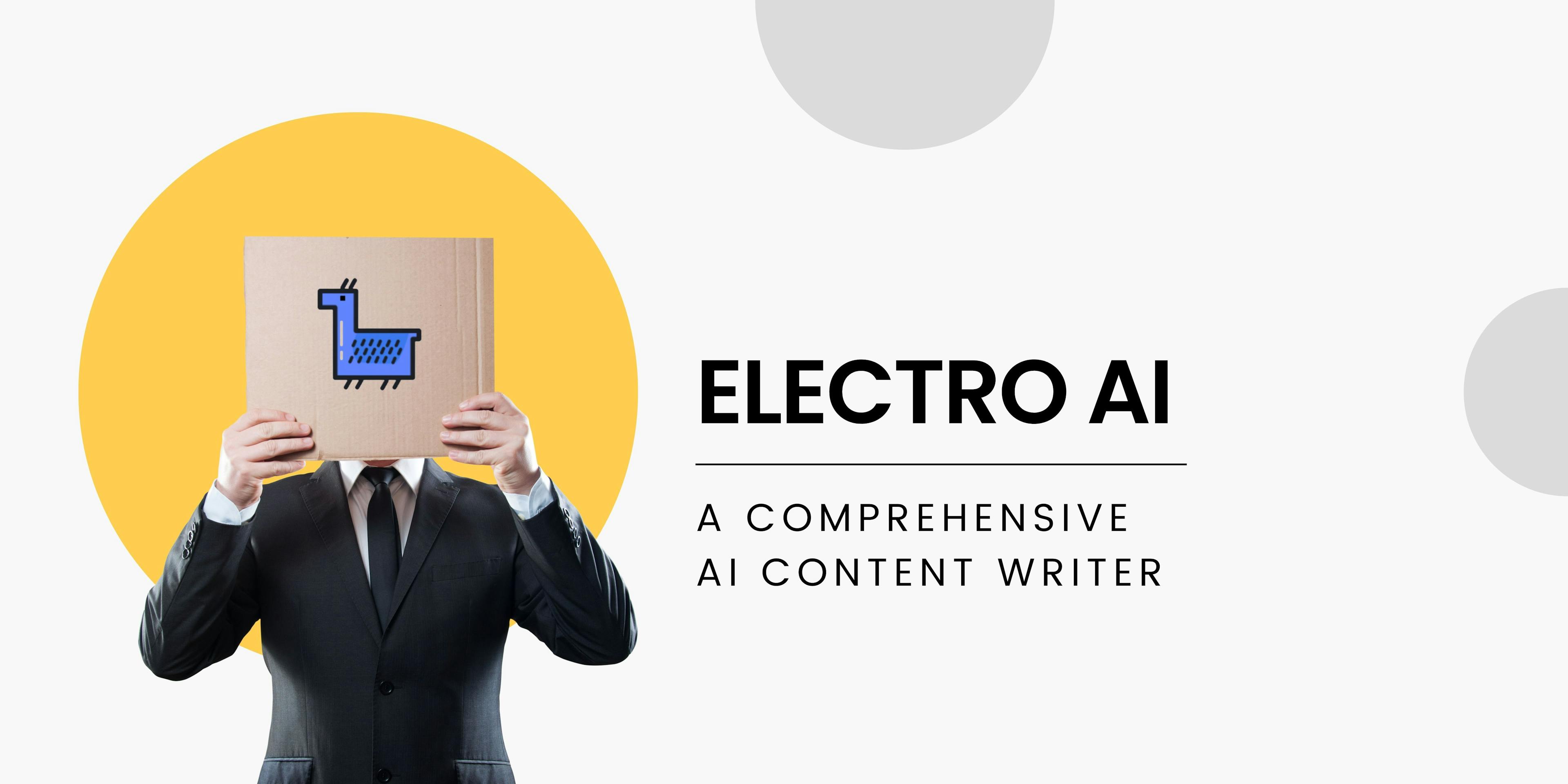What Is Single Sign-On? Choose the Best SSO system
Save time accessing a secure platform with Single Sign-On SSO and keep all user credentials in one place.

Single Sign-On SSO is a technology that allows you access to multiple platforms, by logging in once. It can be used to ease management of users login information, from individual people to big companies.
Such a software lets you save your user credentials in one place so you don't have to remember multiple passwords.
SSO simplifies the IT staff user experience by centralising all authentication tokens in one platform. Additionally, Single Sign-On helps improve security and access control, and enforce password policies.
How does Single Sign-On work?
It works by using a centralised authentication system to manage user identities and access to multiple services. It is part of Federated Identity Management, and the general steps involved in an SSO process are as follows:
- The user requests access an application or service protected by SSO.
- They are redirected to the SSO identity provider (IdP) for authentication.
- The IdP authenticates them, typically by requesting their username and password. It can also use another form of authentication, such as a security token or biometric verification. At the same time, they work for identity verification.
- The SSO provider generates a security token with information about the user's identity. It authorises them to gain access to specific applications or services. Additionally, they will be automatically authenticated the next time they access that platform.
- The IdP redirects the user back to the original application, along with the security token. Here, the application verifies the security token to ensure that the user is authorised to access the requested resource.
If the token is valid, they are granted secure access to the application without needing to enter their login credentials again. This SSO solution can be implemented for cloud collaboration tools as well, and any platform that requires logins, so the user signs in only once.
This workflow allows access to many platforms with a single set of credentials. At the same time, it provides centralised control and user access auditing of logs to those applications.
Instal an SSO system using a variety of protocols, such as SAML, OAuth, or OpenID Connect, depending on the specific use case and requirements. Let's take a look at the types of SSO configurations.

Advantages of using Single Sign-On SSO
SSO simplifies the user authentication process by allowing them to log in once to access the needed resource. The providers act like password managers and centralise all those user credentials in one platform. It limits the situation of forgotten passwords and enables the use of an authentication token for quicker access.
Single Sign-On SSO increases user productivity and reduces the amount of time spent logging in and out of different systems. This way, users don't need to make multiple authentication requests and waste time.
Security is improved by reducing the number of user passwords and by helping the IT staff to enforce stronger password policies. Additional authentication factors are also put in place by the SSO service for a better user access experience. Implement a good antivirus software for an extra layer of protection of the user's browser.
Disadvantages of using an SSO solution
Certain security risks arise since it centralises authentication request credentials across multiple systems. So, it is important to implement strong security measures to protect the SSO authentication system.
Implementing Signle Sign-On can be complex and time-consuming. Especially for larger organizations, with many applications or services. Also, if the SSO solution looses availability, no system connected to it can be accessed.
Not all platforms are compatible with all SSO protocols, limiting its effectiveness. Some custom-built applications may need additional customization, or not be compatible at all.

What Single Sign-On solutions are there?
A Single Sign-On solution is a cloud-based identity and access management platform. It provides SSO, multifactor authentication, and user management services. It supports multiple protocols, including SAML, OpenID Connect, and OAuth.
The top SSO login solutions are:
- Auth0
- OneLogin by OneIdentity
- Microsoft Azure Active Directory
- Okta
- Ping Identity - especially provided for enterprises
Types of SSO solutions
Single Sign-On configurations can vary depending on the specific use case and protocol being used. Implementing the service provider requires some or any of the following configurations.

SSO service - Identity Provider (IdP)
The IdP is the central authentication server. It manages user identity and authenticates them when they attempt to access protected resources. The IdP generates and validates security tokens, which are used to grant access to protected resources.
Service Provider (SP)
The SP is the application or service that the user wants to access. It typically relies on the IdP to generate a SSO token for authentication and authorization. Then, the SSO service provider verifies the security token to determine if the user is granted access to the requested resource.
User Directory
The user directory is the database or directory service that contains user account information. It includes usernames, passwords, and other user attributes. The directory also retrieves user's SSO credentials.
SSO Protocol
The SSO protocol defines the specific mechanism used to exchange information between the identity provider and the service provider. This information implies authentication and authorization credentials. Common Single Sign-On protocols include SAML, OAuth, and OpenID Connect, each with its own strengths and use cases.
Federation Identity Management
Federation is the process of establishing trust relationships between the IdP and the SP. This is typically done through the exchange of digital certificates. It allows the service provider to trust the security tokens generated by the IdP. Additionally, it enables users to access multiple SPs with a single authentication.
Customizations
Depending on the specific requirements of the Single Sign-On implementation, additional customizations may be required. Such as custom login pages, password policies, and user logs. We can also mention integration with other authentication systems or identity providers.
These are just a few examples of common SSO configurations. The specific configurations will vary depending on the specific solution and use case.
Conclusion
If you are going to invest something in choosing the right Single Sign-On SSO provider, invest time. Make sure it fits your business needs, it is reliable, understands user behavior, and has good security to keep your sensitive data safe.

